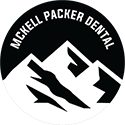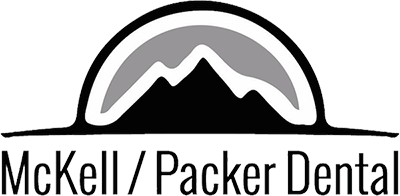Braces are a right of passage for many teenagers, and even adults can benefit from similar orthodontic devices later in life. Whatever your age, braces require maintenance, can be uncomfortable, and can impact your confidence. However, the benefits of these devices greatly outweigh any discomfort, especially when you consider the positive effect it will have on your oral health for years to come.
Why Should You Have Braces?
Everyone wants that “million-dollar smile”, and braces are one of the best options to straighten your teeth and ensure they are more evenly spaced out. A straight and even smile is more aesthetically appealing, but braces also have great health benefits.
Braces can help correct crooked, overlapping and crowded teeth, or a “bad bite”. These conditions usually occur when there’s a difference in sizes of the top and bottom jaws, or when there is not enough space in the mouth for the number of teeth present. When teeth are not correctly aligned with one another, and cause dental issues when the jaws meet, it is called malocclusion. If the top jaw is bigger than the bottom jaw, it’s overbite, but if the bottom jaw is bigger, it’s called an underbite.
Occasionally, you may need to have some of your teeth removed, either due to an operation or because of an accident or injury, which can leave gaps in your smile. Braces can pull the teeth together over time to give you a full smile again. Your dentist will either know when and if you will need braces or refer you to an orthodontist (a specialist in braces).
What can You Expect from the Procedure?
The orthodontist will first start by giving your mouth and teeth a thorough clean. This is done to ensure that the dental adhesive, that secures the braces brackets to your teeth, sticks firmly to your tooth enamel. The cleaning also removes any plaque that could get stuck underneath the braces and sit on your teeth, possibly causing a cavity. Once your mouth is clean, a dental glue is put onto your teeth and a dental bracket is stuck firmly in place on each tooth. This may cause some discomfort as the orthodontist presses them against your teeth. After all your brackets are in place, two wires are threaded through the top and bottom brackets. These wires are what will pull your teeth in the desired direction. They are cut off cleanly at either end so as to not poke the inside if your mouth. Bands are then inserted, to keep the wire attached to the brackets. And that’s the procedure! The orthodontist will clean your mouth out and you will also be able to rinse out your mouth yourself.
During the procedure you will be asked what color brackets and bands you want the orthodontist to use. You will get to change the color of your braces when you return to have them tightened. You can make them your favorite colors, or choose the colors according to the time of year or a holiday. You can even choose to keep them clear if you don’t want attention drawn to them.
What to Expect After the Procedure
Your teeth will feel sensitive for a while after, but the feeling should pass by the end of the day. You might still taste the dental glue for a while, and the taste my linger in your mouth for the day. Dental glue is not particularly tasty, but it is absolutely harmless and the taste will soon pass.
Make sure to stock up on supplies, such as some light pain medication, dental wax and soft foods. Your orthodontist should be able to provide the dental wax, which is put on your braces if they cause discomfort on the inside of your cheeks during the first few days; or if an elastic band comes off, and the wire pokes your cheek. Using light painkillers and dental wax are short term solutions to make your mouth more comfortable until you are able to get another appointment to fix the issue.


